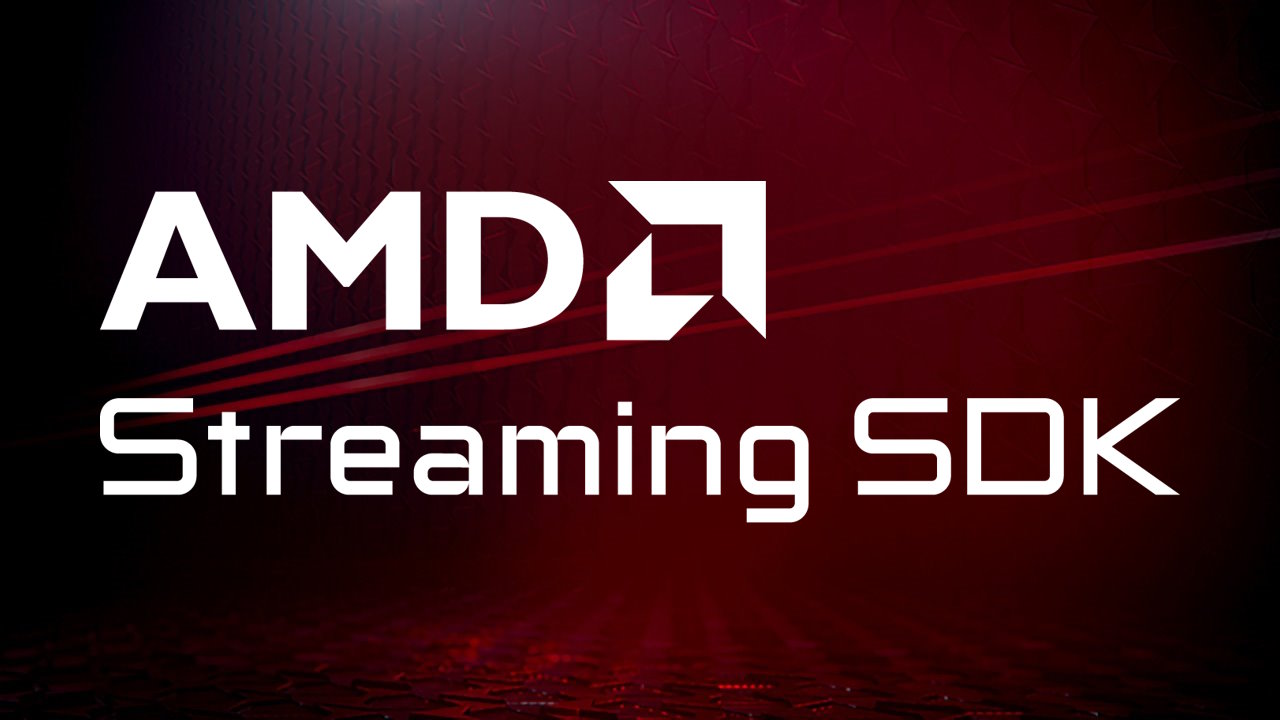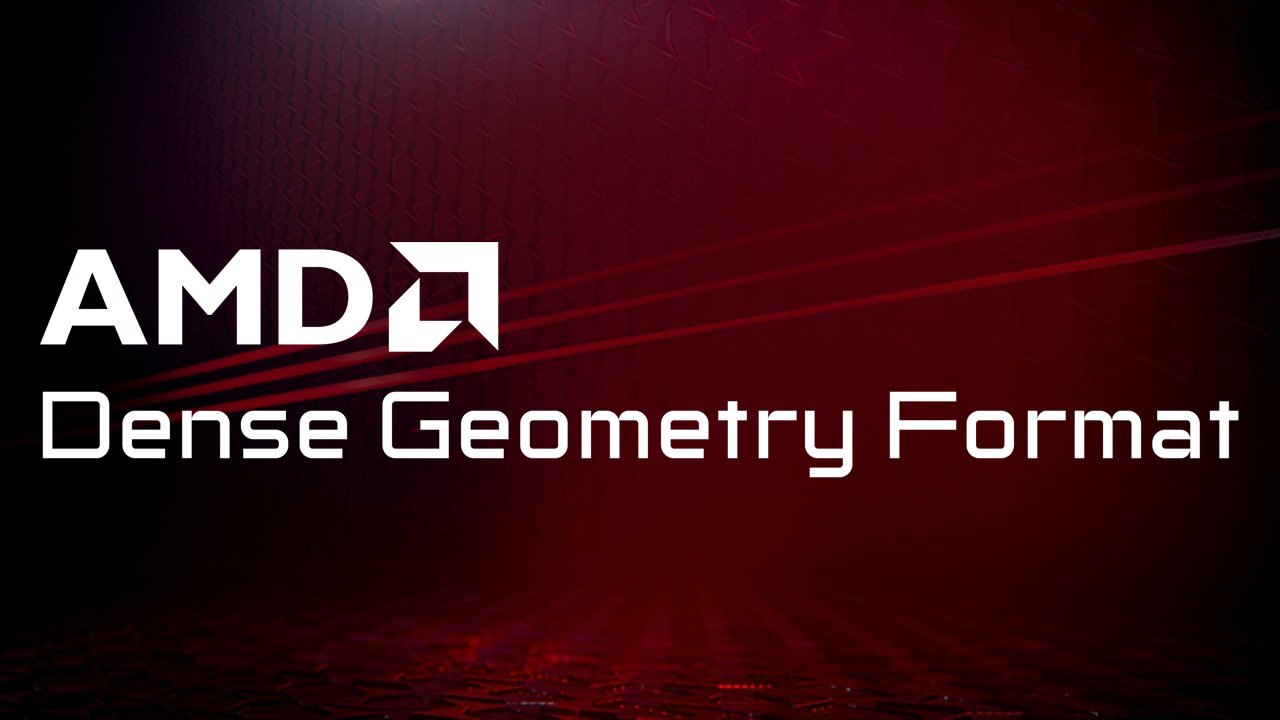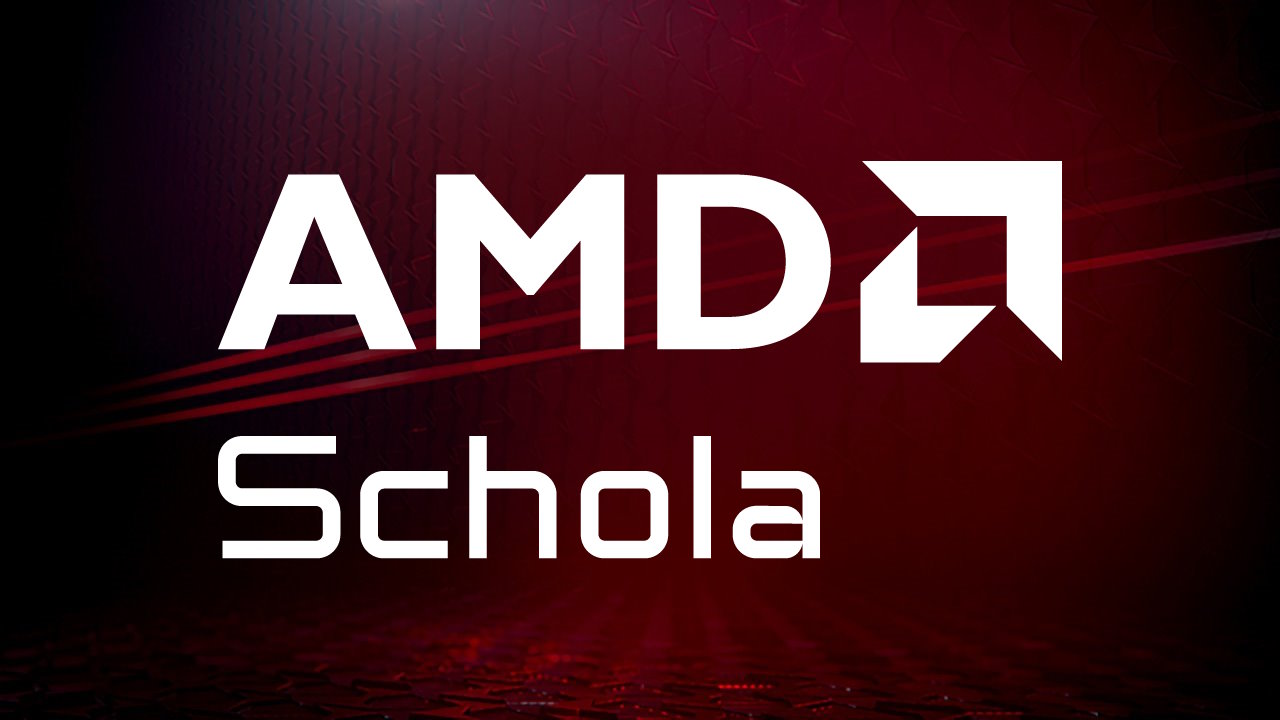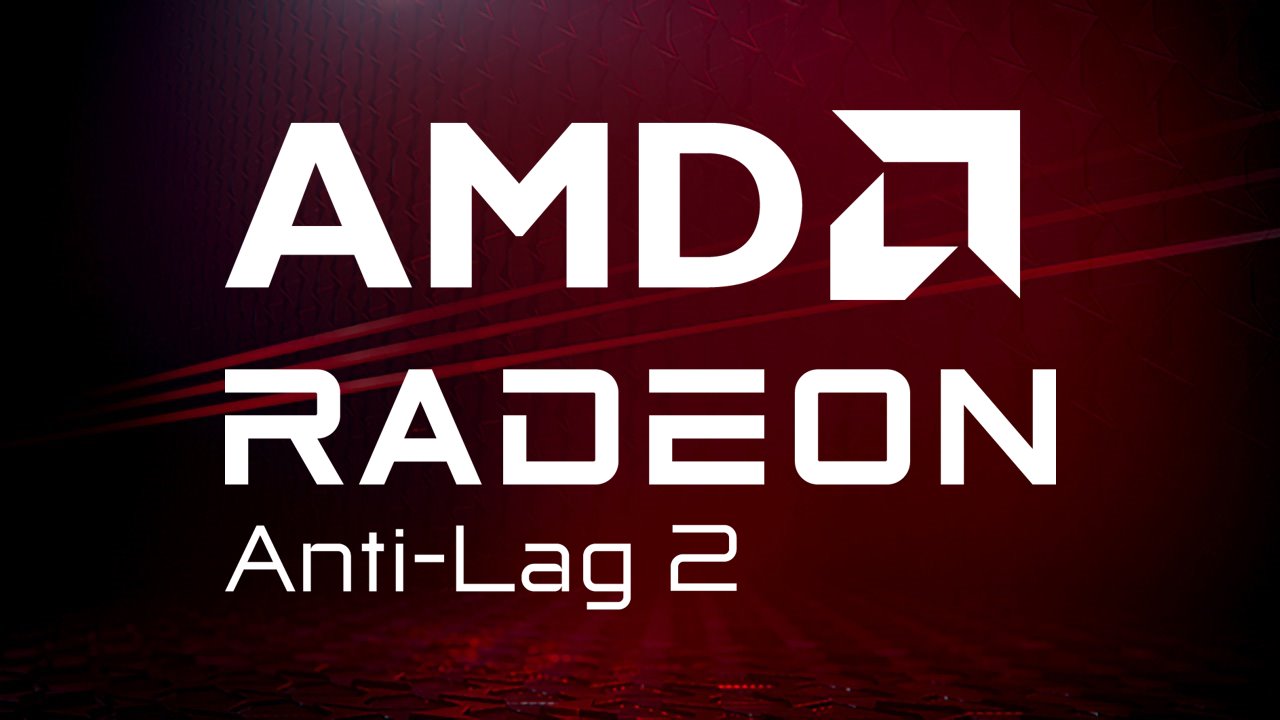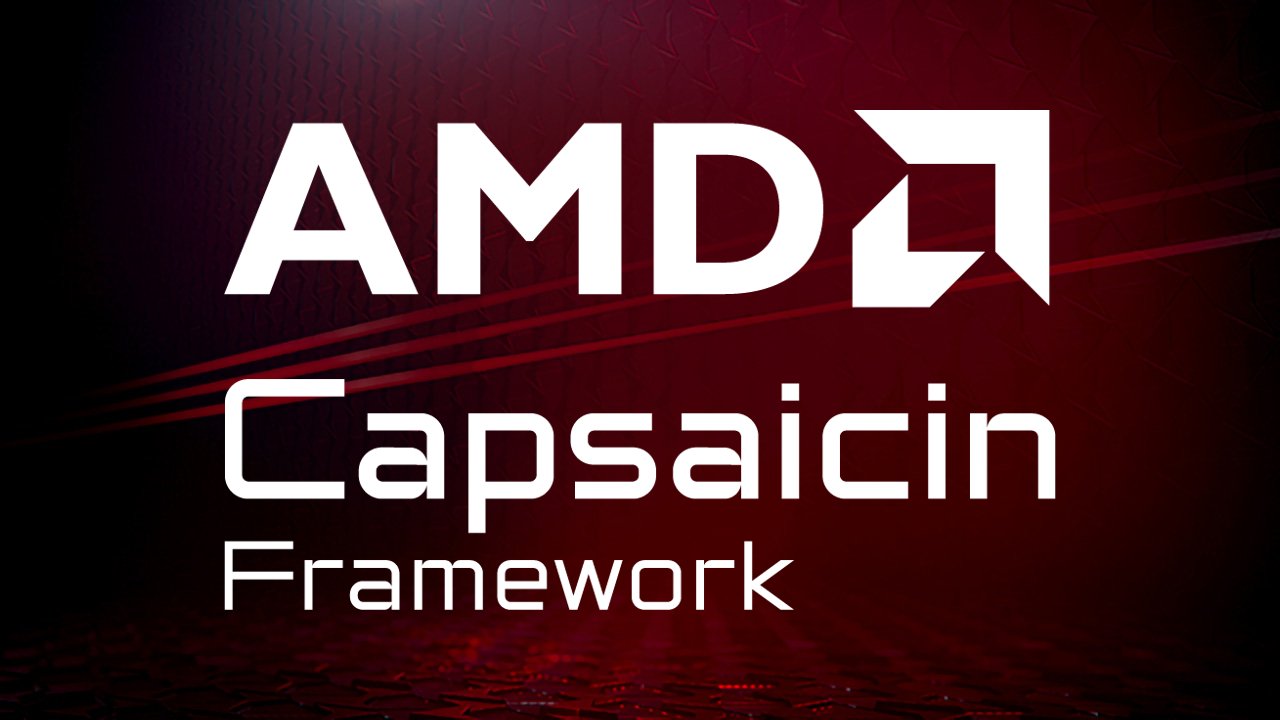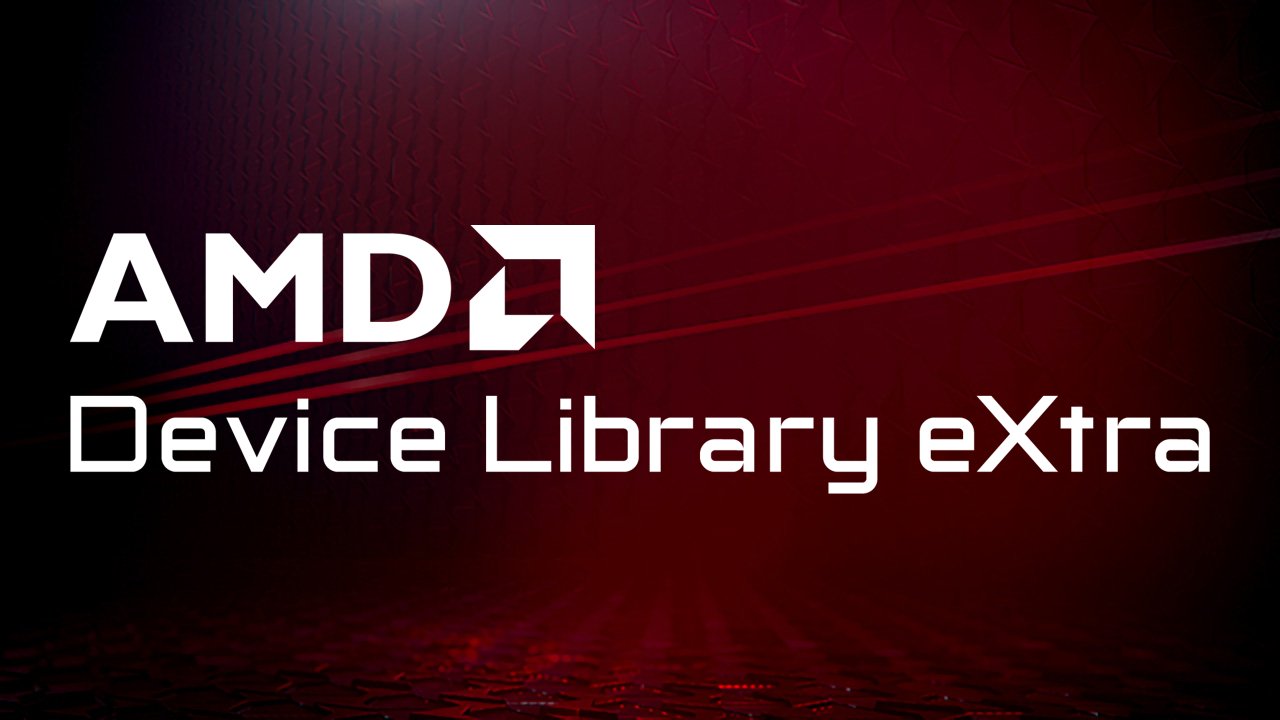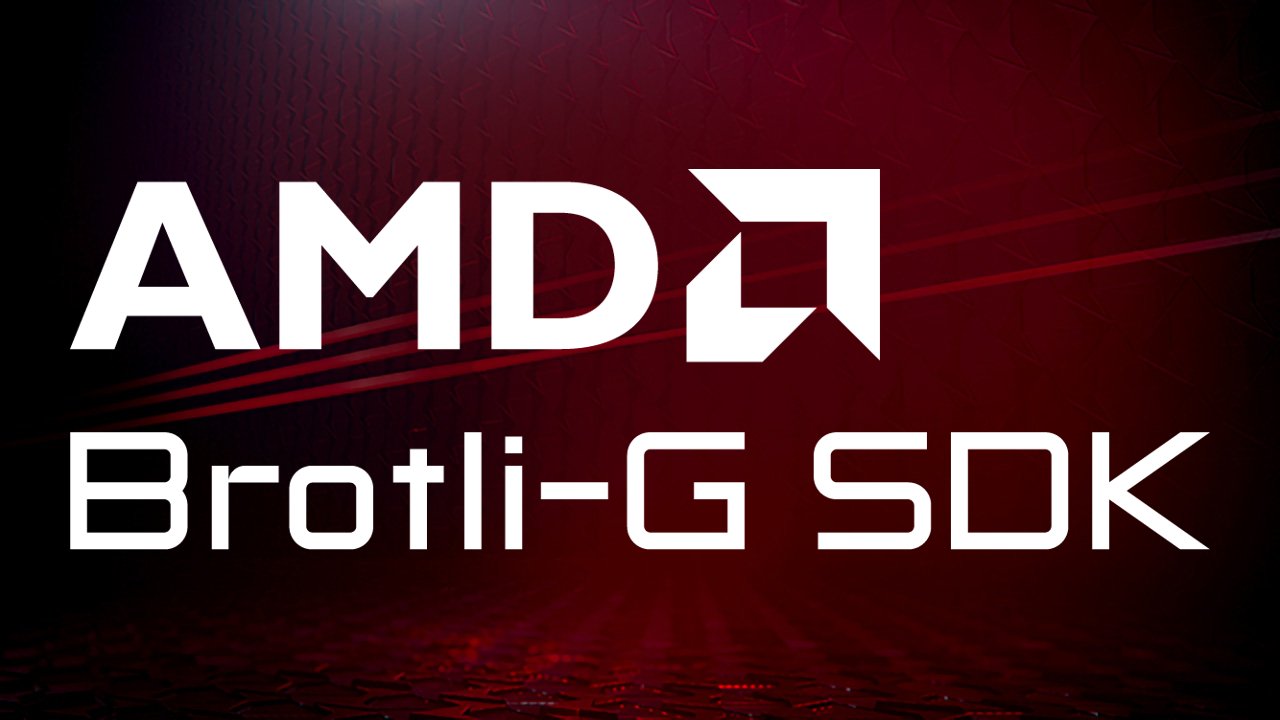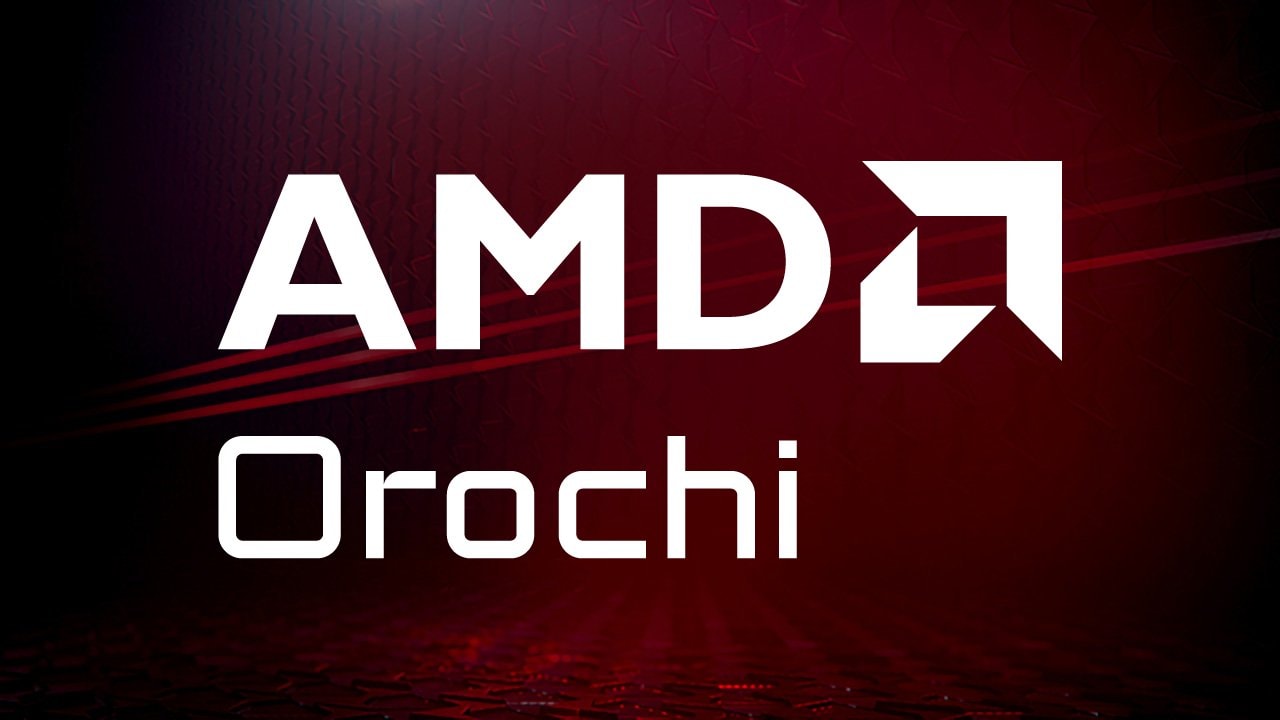The SDK for accelerated GPU and multi-core audio
AMD TrueAudio Next is a software development kit for GPU accelerated and multi-core high-performance audio signal processing.
Download the latest version - v1.2.2.4
This release adds the following features:
Benefits
TrueAudio Next provides pre-optimized library functions for computationally expensive algorithms such as time-varying audio convolution, FFT/FHT, and audio-oriented vector math. Sample applications and examples are included to facilitate integration into audio applications. The SDK also provides GPU utility functions that support AMD GPU Resource Reservation, a technology that allows audio to share resources on the GPU with graphics while avoiding impacts to quality-of-service.
The SDK comes packed with the following features:
- Fast OpenCL™ parallel batch convolution engine.
- Multi-threaded, multi-queue, real-time architecture
- Extendable open source API.
- CPU and GPU implementations for all functions.
- Sample applications for GPU acceleration of high-performance audio for gaming and professional applications.
The TAN SDK provides real time audio applications the ability to leverage the OpenCL™ toolchain and to co-exist with graphics.
Accelerating game audio on the GPU frees CPU bandwidth for game physics and AI, while enabling advanced interactive acoustics modeling on many audio streams.
Advanced audio processing has greatly increased compute requirements:
- Physics-derived audio benefits from real-time, time-varying convolution performed on every audio source. TAN Convolution leverages the power of the GPU to provide reliable time-varying convolution for many audio sources, without blocking the graphics compute queue.
- Higher-order Ambisonics rendering (3rd order or higher) adds the most environmental realism, but can require 16, 25 or 36 time-varying convolution filters per audio source. TAN makes these higher filter counts practical and simple to implement.
- Most advanced audio algorithms depend on high-performance FFT or FHT (Fast Hartley Transform). The TAN library enables these algorithms to leverage the GPU.
- A mixing application is included so that multiple audio sources can be mixed locally on the GPU to minimize data transfer overhead.
- The TAN library may be used in conjunction with Radeon Rays as foundational accelerated algorithms for a complete physics-based audio solution.
Requirements
- AMD Radeon™ Software Adrenalin 18.2.1 (17.50.17.03) or later
- Microsoft® Windows® 7, Microsoft® Windows® 8.1 or Microsoft® Windows® 10
- AMD APP SDK (Version 3.0 or later)
- Examples are built with Visual Studio® 2013 or 2015
Our other SDKs
